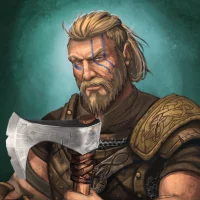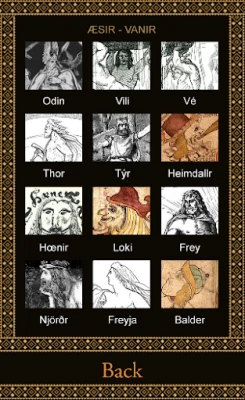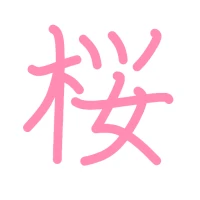
Latest Version
0.0.8
August 19, 2024
Theago Liddell
Education
Android
0
Free
com.theagoliddell.deusesnordicos
Report a Problem
More About Norse Gods
Exploring Norse Mythology: The Rich Tapestry of Viking Beliefs
Norse mythology, often referred to as Germanic or Viking mythology, encompasses the diverse set of religions, beliefs, and pre-Christian legends of the Scandinavian people. This fascinating mythology flourished particularly during the Viking Age, with much of our current understanding derived from the Edda, a collection of Old Norse poems and stories compiled in the 13th century in Iceland.
The Origins of Norse Mythology
The roots of Norse mythology trace back to the ancient Scandinavian tribes, whose beliefs were deeply intertwined with nature and the cosmos. Unlike many mythological traditions, Norse legends do not adhere to a single narrative. Instead, they present a rich tapestry of stories, each with its own variations and interpretations. This diversity reflects the oral tradition through which these tales were passed down, allowing for regional differences and personal embellishments.
Creation Myths: The Birth of the World
One of the most compelling creation myths in Norse mythology involves the primordial giant Ymir. According to this legend, Odin and his brothers, Vili and Ve, vanquished Ymir, whose body was composed of both fire and ice. From Ymir's remains, they fashioned the world as we know it. His flesh became the land, his blood the seas, and his bones the mountains. This myth not only illustrates the Norse understanding of creation but also highlights the significance of sacrifice in their cosmology.
The Pantheon of Norse Gods
The Norse pantheon is rich with deities, each embodying different aspects of life and nature. The principal gods belong to two main families: the Aesir and the Vanir. The Aesir, which includes prominent figures like Odin, Thor, and Frigg, are often associated with war, governance, and wisdom. In contrast, the Vanir are linked to fertility, prosperity, and the natural world.
Odin: The Allfather
Odin, the chief of the Aesir, is a complex figure known for his relentless pursuit of knowledge and wisdom. He sacrificed one of his eyes in exchange for a drink from the well of Mimir, which granted him profound insight into the mysteries of the universe. Odin is also associated with war and death, often depicted as a wanderer who seeks out brave souls to join him in Valhalla, the hall of the slain.
Thor: The God of Thunder
Thor, the son of Odin, is perhaps the most recognizable Norse god, famed for his immense strength and his iconic hammer, Mjölnir. He is the protector of humanity and is often called upon to defend against the giants, who represent chaos and destruction. Thor's adventures are celebrated in numerous tales, showcasing his bravery and loyalty.
Frigg: The Goddess of Love and Fertility
Frigg, Odin's wife, embodies love, marriage, and motherhood. She is revered for her foresight and wisdom, often associated with domesticity and the protection of families. Frigg's role in the pantheon highlights the importance of familial bonds and the nurturing aspects of life in Norse culture.
Mythical Creatures and Beings
Norse mythology is populated with a variety of mythical creatures and beings, each contributing to the rich narrative landscape. From the wise and enigmatic Norns, who weave the fate of gods and men, to the fearsome giants (Jotunn) who challenge the gods, these figures play crucial roles in the unfolding of mythological tales.
The Norns: Weavers of Fate
The Norns are three powerful beings who govern destiny. Urd (the past), Verdandi (the present), and Skuld (the future) reside at the base of Yggdrasil, the World Tree, where they weave the fates of all beings. Their presence underscores the Norse belief in fate and the inevitability of destiny.
Giants: The Adversaries of the Gods
Giants, or Jotunn, are often portrayed as the adversaries of the gods, representing chaos and the untamed forces of nature. Despite their antagonistic role, they are integral to the balance of the cosmos, reminding us of the duality present in Norse beliefs.
The Legacy of Norse Mythology
The influence of Norse mythology extends far beyond ancient Scandinavia. Its themes of heroism, sacrifice, and the struggle between order and chaos resonate in modern literature, film, and popular culture. The enduring appeal of these myths can be seen in contemporary adaptations, from Marvel's portrayal of Thor to the rich narratives found in fantasy literature.
Conclusion: A Timeless Tapestry
Norse mythology offers a captivating glimpse into the beliefs and values of the Viking Age. Its complex characters, rich narratives, and profound themes continue to inspire and intrigue audiences around the world. As we explore these ancient tales, we uncover not only the history of the Scandinavian people but also universal truths that resonate across time and culture.
For those interested in delving deeper into this fascinating world, resources are available in multiple languages, including Portuguese, English, Spanish, and Japanese. With over 35 information screens dedicated to the primordial gods of the Aesir and illustrated lists of deities, the exploration of Norse mythology is more accessible than ever.
Rate the App
User Reviews
Popular Apps


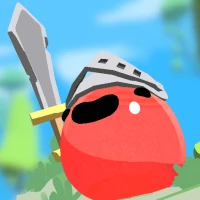






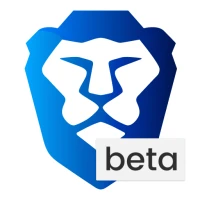
Editor's Choice






